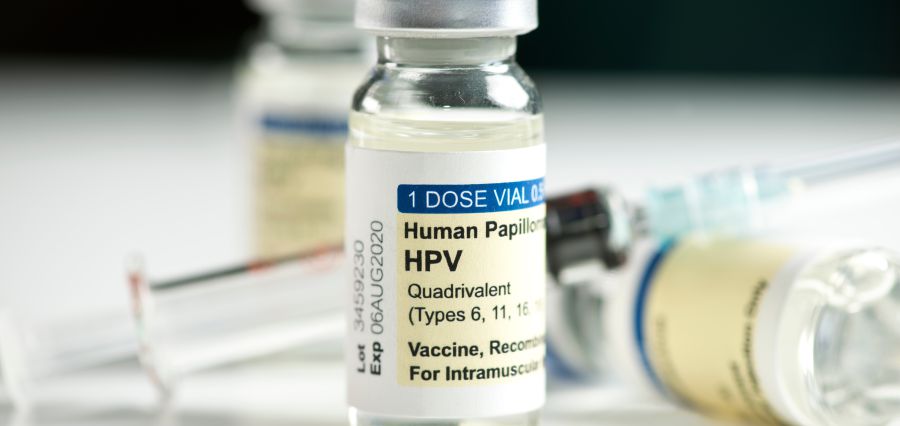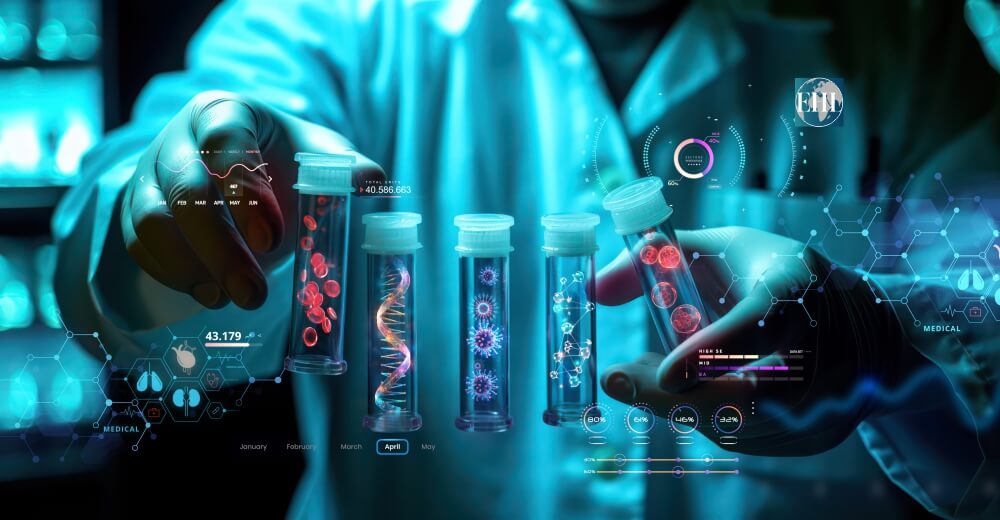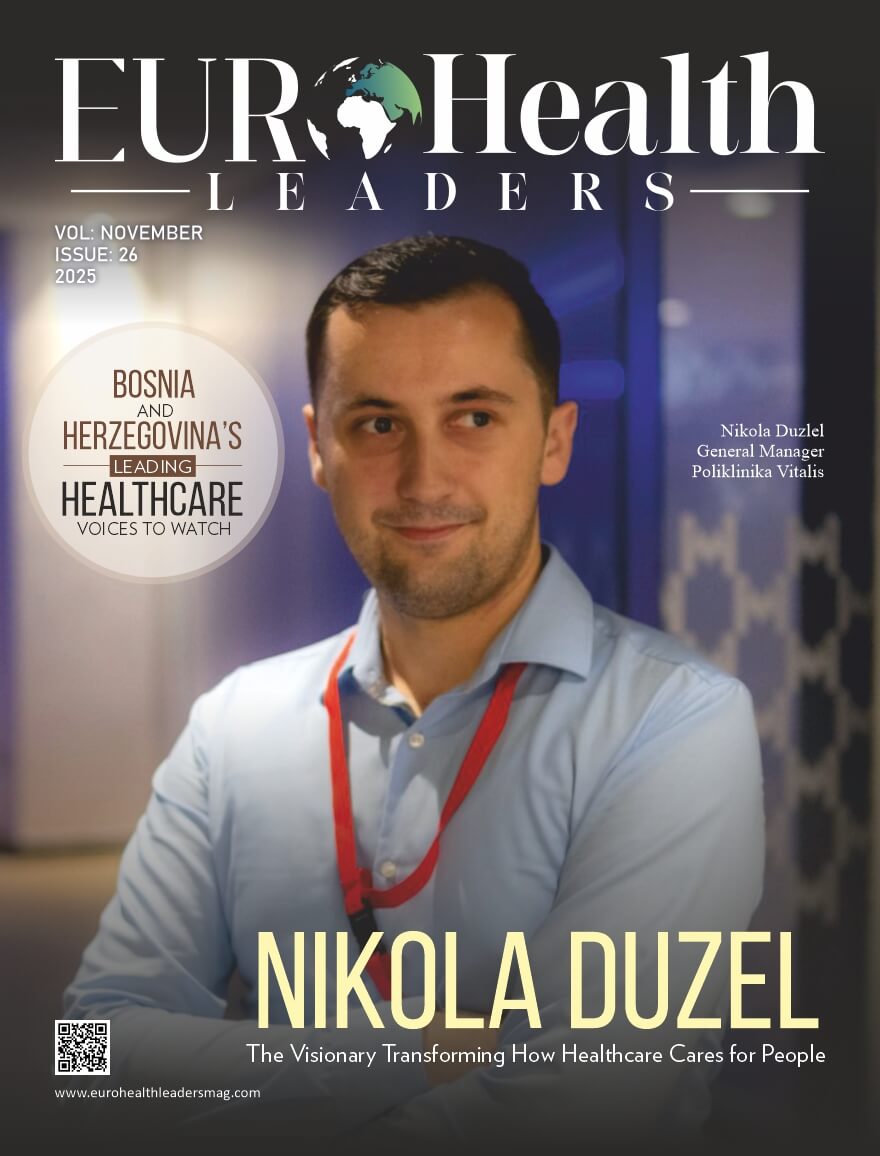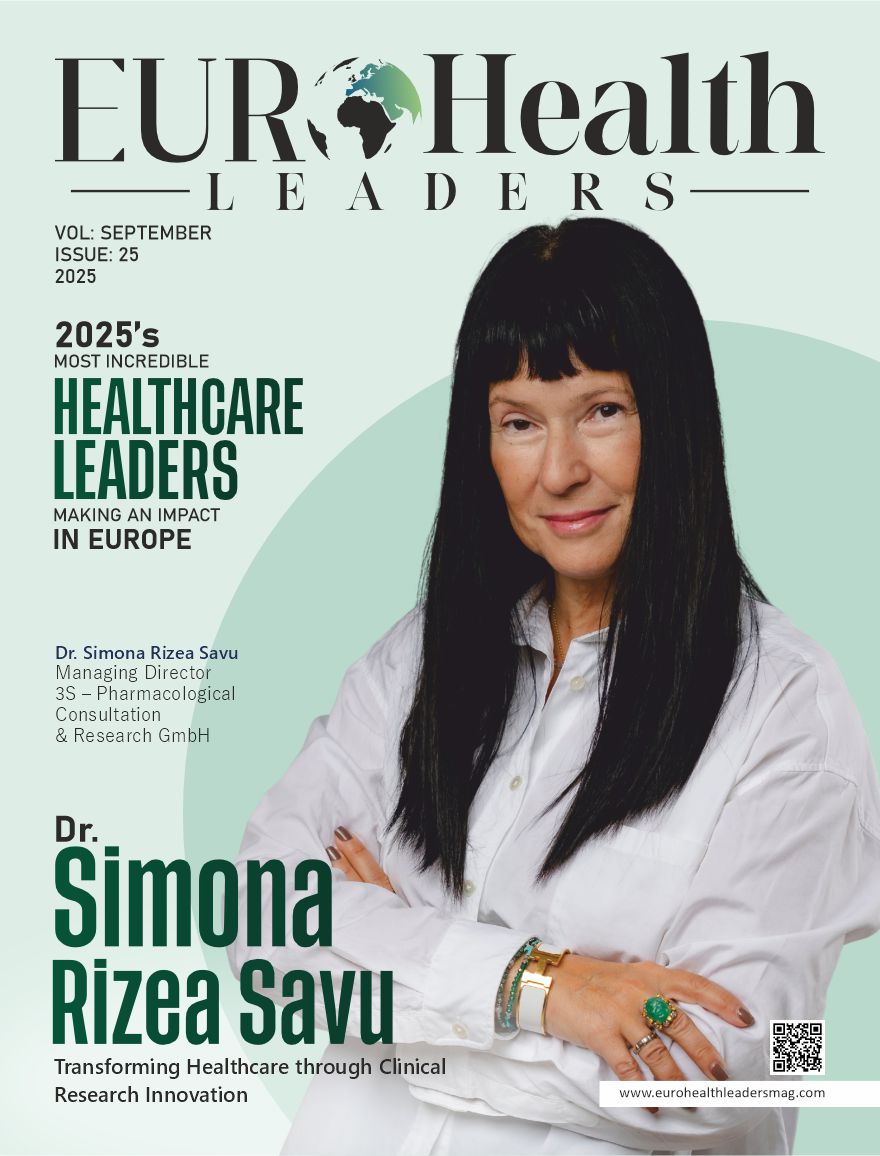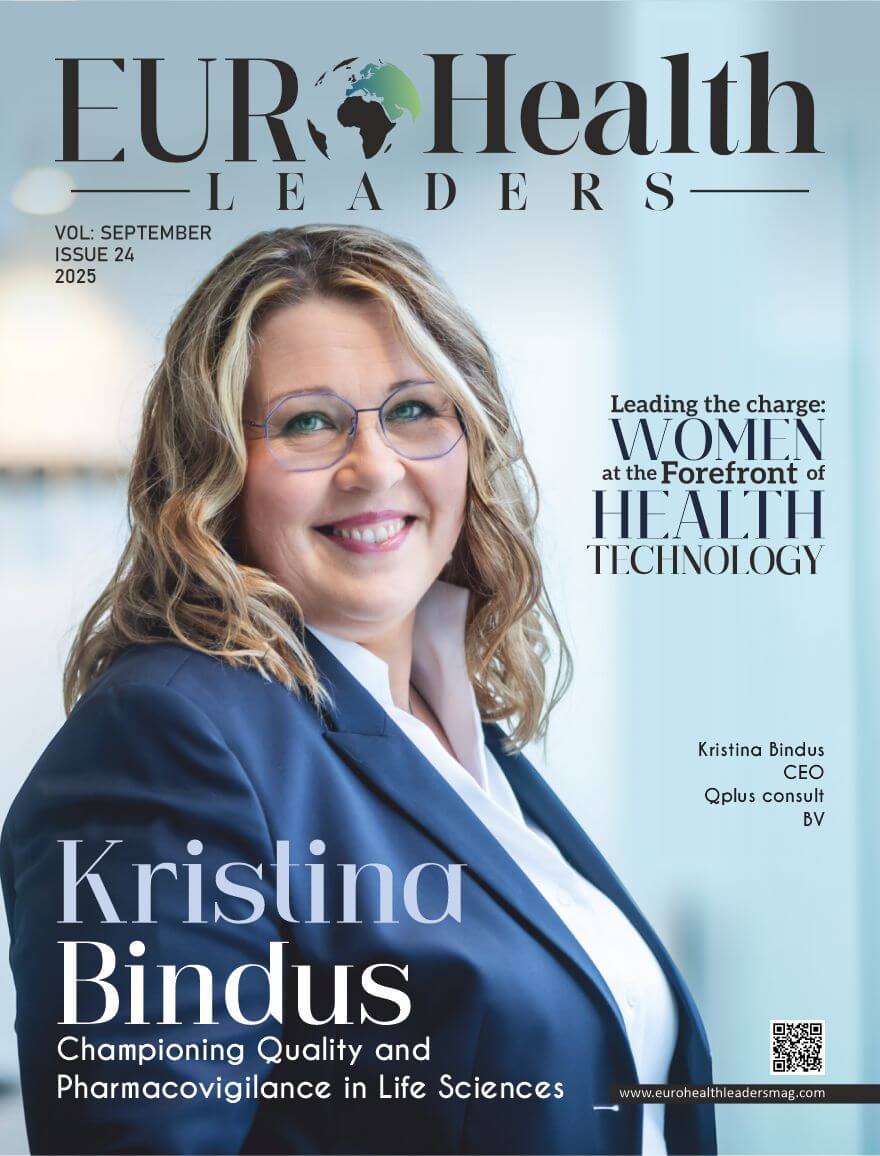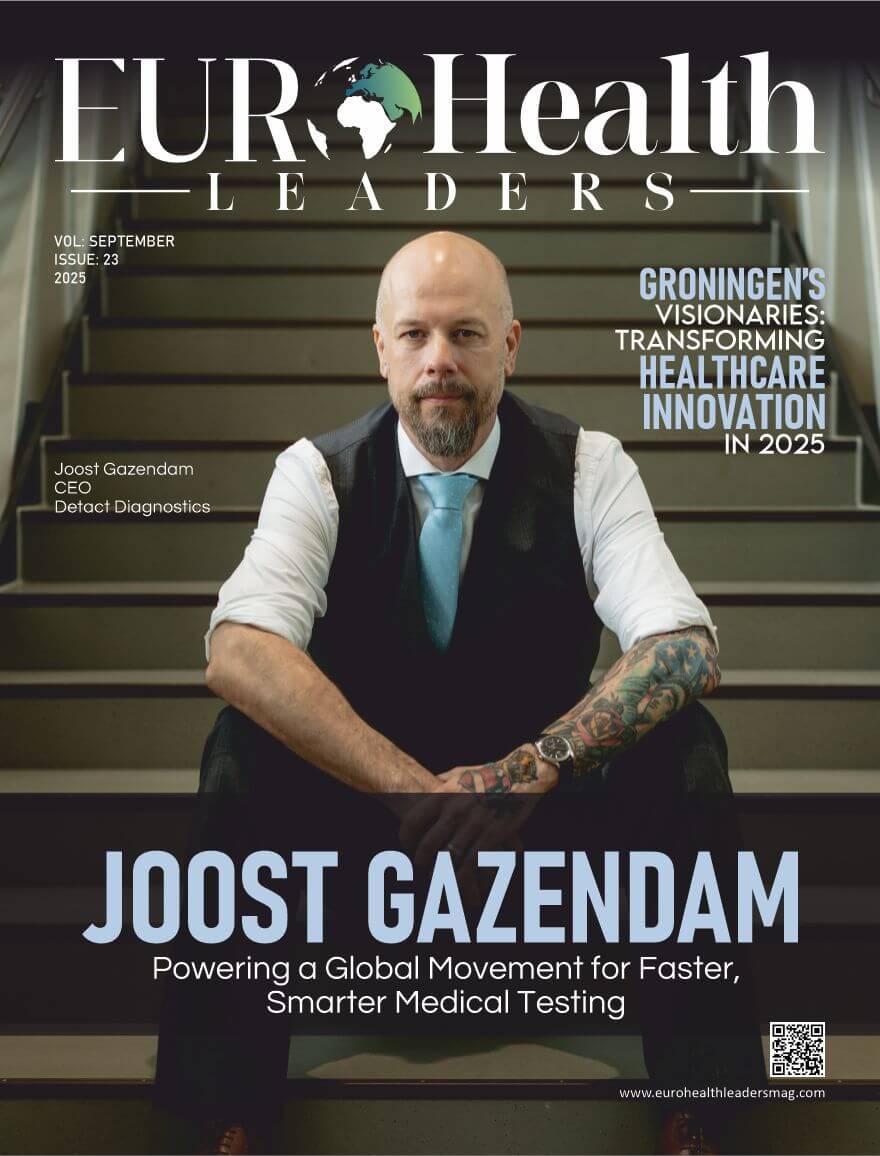Sustainable Healthcare
In the last decades, health systems worldwide have faced pressures to provide quality healthcare service at a lower environmental impact. The hospitals are power consumers and have the tendency to consume huge amounts of power, water, and materials and generate enormous waste. Against this backdrop, the northern Dutch port city of Groningen is now a case study in sustainable healthcare, showing the rest of the world how collaboration and imagination can produce an efficient and patient-focused health system that is also green.
A City with a Vision
Groningen is known for smart ideas in energy, transport, and city planning. The city wants to run fully on clean energy by 2035. This green way of thinking also shapes healthcare. Hospitals and leaders are working together to create lasting healthcare. The goal is to give good care, use less of the planet’s resources, and stay strong for the future.
Hospitals as Green Leaders
One of the Netherlands’ biggest, the University Medical Center Groningen (UMCG), is at the forefront of this revolution. UMCG has invested a significant amount in reducing its carbon footprint by using energy-efficient building, reducing single-use plastics, and implementing circular waste systems. For example, energy generated from combined heat and power stations now powers most of the energy needs of the hospital. Other than that, new constructions are designed with energy-neutral or energy-positive requirements, such as solar panels, smart insulation, and advanced energy management systems.
Waste minimization has also been on the agenda. Operating theatres, the most energy-consuming parts of a hospital, are being redesigned with reusable surgical equipment and enhanced recycling areas. By redesigning procurement practices, the hospital saves on unnecessary packaging and concentrates on those suppliers that have sustainability objectives. It not only saves on waste but also sends a positive message along the medical supply chain.
The Role of Innovation and Research
What Groningen is special about is the embedding of research into practice in healthcare. The University of Groningen and UMCG collaborate on collaborative research projects that explore from green drugs to energy-saving medical equipment. One example is a research initiative looking into how electronic devices, such as telemedicine and remote monitoring of patients, can suppress on unnecessary traveling of patients, decreasing emissions while facilitating increased access to healthcare.
But another research area looks into the life cycle of medicine and medical devices and seeks to develop products that are recyclable or biodegradable. This kind of end-to-end thinking avoids making sustainability a backburner issue but an integral part of medical innovation.
Building Resilience Through Preventive Care
An ageing-proof health system not only is ecologically sustainable but also ageing- and population-proof. Groningen recognizes hospital effectiveness and prevention and public health promotion as being equally relevant. Encouraging active living, healthy nutrition, and mental well-being through programmes reduces hospital loads and improves public health results.
Digital health platforms have a vital role to play here as well. Through remote consultations and continuous monitoring, they reduce the hospital visits, particularly of the patients with chronic ailments. It is energy-effective as well as cost-effective and empowers patients to manage their own health.
Collaboration Across Sectors
Hospitals are not the ones to blame for sustainability in healthcare. Groningen has developed a stakeholder system with government, universities, startups, and community associations working towards the same goal. Innovation is enabled through public-private partnerships, and citizen involvement makes the changes acceptable to communities.
For instance, collaboration with biotech firms brought new green medical technology, while energy use of the green kind in healthcare facilities is promoted by local government. These complementarities augment the cumulative power of single initiatives and show the redescription of larger systems via collective action.
Lessons for the World
Groningen’s model can be used to benefit the rest of the Netherlands. Firstly, sustainability must be within the DNA of hospitals, not an add-on. Secondly, research and innovation need to feed directly into practice so ideas are put into action, not only sit on paper. Thirdly, collaboration, both within medicine and beyond, is what is required to create a genuinely future-proofed system.
Global healthcare is faced with humongous challenges, from the growing demand from patients to environmental degradation through climate change. But Groningen provides an illustration of how healthcare systems can be green, affordable, and sustainable. By endowing patient care with ecological responsibility, the city is creating a model that healthcare institutions around the globe can follow.




